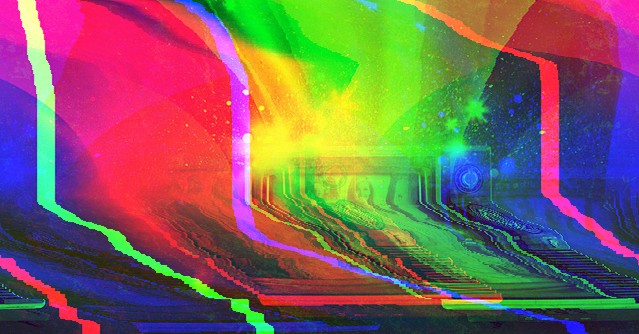algorithm executes when encoding a media file. Glitch exposes that process resulting in aesthetics reminiscent of Cubism. Cubist paintings were often 2-dimensional broken-up studies of motion, not disimilar to the relationship a codec has to a video when it breaks
down and studies motion vectors in the compression process. When these codecs are disturbed (hacked/glitched) what results can be easily formally compared to the cubist works. In this way glitch art is like Cubism. “Dada or Dadaism is a cultural movement that began in Zürich, Switzerland, during World War I”* Dada art was playful, absurdist, and often times intentionally nonsensical.
Dada art could take the form of a complex collage or a simple found object (readymade). Glitch can be instigated complexities or stumbled upon accidents. In many ways Dada was a response to the paradigm shift of the industrialized WWI.

